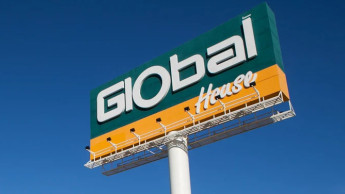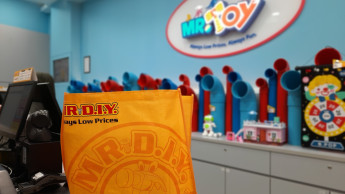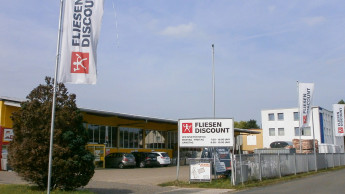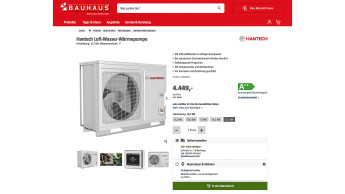International sales now represent 40 per cent of total sales.
It already is operating more than 70 giant warehouses, of which 35 are located internationally.
Its international distribution and fulfillment centers are located in the UK, Japan, China, France, German, Netherlands, Italy, Slovakia and Spain.
Its gross margin of 22% is equaled only by Walmart and is about 10 per cent below that of Home Depot and Lowe's, the world's two largest DIY chains, enabling it to be very price-competitive with them and all other retailers.
It already operates separate retail web sites to court customers in Canada, UK, France, Germany, Italy, Spain, Brazil, Japan and China, and has announced future sites for Poland, Netherlands and Sweden.
International sales are growing at a rate of more than 20 per cent annually, far surpassing growth rates of traditional retailers.
As a further competitive threat, it launched Amazon Supply in April 2012, which is geared to supply industrial and contractor accounts, intensifying its competitive challenges for DIY retailers. It offers 600 000 stockkeeping units targeted for those customers. Hardware products are listed as one of its fastest growing categories.
Internet Retailer magazine lists Amazon as the number 1 European web retailer. Migros, a mass merchant, is far down the list at number 28; Kingfisher DIY is 37 and France's Groupe Auchan, whose sales include DIY, is number 63.
In December 2012, 26.4 million European visitors accessed Amazon's web sites.
Its Prime Membership (a $ 79 fee annually for free two-day shipping) is now being offered in seven countries and as such will encourage more web purchases.What makes the company even more of a threat to conventional retailers is the company's disregard for normal profits. While its sales exceeded $ 60 bn last year, it recorded a loss of $ 39 mio due to expansion, new distribution centers and other growth-oriented actions focused on the future without worrying about current profits.Its web sales are growing at a rate seven times faster than those of other major regular retailers such as Home Depot, Walmart, etc., though Lowe's, in 2012, did grow its web sales some 50 per cent, according to Internet Retailer projections, because of a major web redesign and vastly expanded merchandise offerings.So important are DIY products for Amazon that, in North America, it is among the top ten customers for most manufacturers of DIY products and tools.To put in perspective Amazon's sales last year of $ 61.9 bn, the goal set by Walmart, the world's largest retailer, for its web sales in 2013 is only $ 9 bn.Amazon's rapid deployment of huge distribution centers is enabling it to get merchandise into the hands of buyers much faster than previously, overcoming one of the early drawbacks of web sales: waiting to get product.Its warehouses are huge, some nearly 10 000 m² in size. They are high-cube, employ the latest in order-filling technology and employ hundreds of people.

 Menü
Menü
















